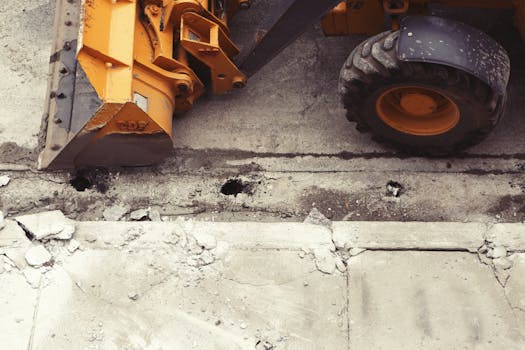Essential Steps to Follow in the Process of Repairing a Damaged Roof
Roof damage can be a homeowner’s worst nightmare. Whether caused by severe weather, age, or poor maintenance, a damaged roof can lead to significant structural issues and costly repairs if not addressed promptly. Understanding the essential steps in the roof repair process can help homeowners navigate this challenging situation effectively. This article outlines the critical steps to follow when repairing a damaged roof, ensuring safety, efficiency, and long-term durability.
Assessing the Damage
The first step in repairing a damaged roof is to assess the extent of the damage. This involves a thorough inspection to identify visible issues and potential underlying problems. Homeowners should consider the following:
- Visual Inspection: Look for missing shingles, cracks, or sagging areas. Use binoculars for a closer look if necessary.
- Interior Inspection: Check the attic and ceilings for signs of water stains, mold, or leaks.
- Weather Considerations: Assess the damage after a storm or heavy rainfall, as these conditions can exacerbate existing issues.
According to the National Roofing Contractors Association (NRCA), approximately 80% of roof failures are due to improper installation or lack of maintenance. Therefore, a comprehensive assessment is crucial for determining the necessary repairs.
Prioritizing Safety
Safety should always be the top priority when repairing a roof. Here are some essential safety measures to consider:
- Use Proper Gear: Wear non-slip shoes, a hard hat, and safety harnesses when working on the roof.
- Check Weather Conditions: Avoid repairs during inclement weather, such as rain or high winds.
- Secure Ladders: Ensure that ladders are stable and positioned correctly to prevent falls.
In 2020, the U.S. Bureau of Labor Statistics reported that falls accounted for 33% of all construction-related fatalities. Taking safety precautions can significantly reduce the risk of accidents during roof repairs.
Gathering Necessary Materials
Once the damage has been assessed and safety measures are in place, the next step is to gather the necessary materials for the repair. Common materials include:
- Shingles (asphalt, wood, or metal)
- Roofing cement or adhesive
- Underlayment (felt paper or synthetic)
- Flashing (for areas around chimneys and vents)
- Tools (hammer, utility knife, pry bar, and safety equipment)
Homeowners should choose materials that match the existing roof to maintain aesthetic appeal and ensure compatibility. For instance, if the roof is asphalt shingle, it is advisable to use the same type for repairs.
Executing the Repair
With materials in hand, homeowners can begin the repair process. The specific steps may vary depending on the type of damage, but general guidelines include:
- Replacing Missing Shingles: Remove damaged shingles and replace them with new ones, ensuring they are properly aligned and secured.
- Sealing Leaks: Apply roofing cement to any cracks or holes to prevent water infiltration.
- Repairing Flashing: Ensure that flashing around chimneys and vents is intact and properly sealed to prevent leaks.
For example, a case study from a homeowner in Texas revealed that timely repairs of missing shingles after a hailstorm prevented further water damage and saved thousands in potential interior repairs.
Conducting a Final Inspection
After completing the repairs, it is essential to conduct a final inspection to ensure everything is secure and functioning correctly. This includes:
- Checking for any loose shingles or flashing.
- Ensuring that all seals are tight and watertight.
- Inspecting the interior for any signs of leaks or water damage.
A thorough final inspection can help identify any overlooked issues, allowing for prompt resolution before they escalate into more significant problems.
Conclusion
Repairing a damaged roof is a critical task that requires careful assessment, safety precautions, and proper execution. By following the essential steps outlined in this article—assessing the damage, prioritizing safety, gathering materials, executing repairs, and conducting a final inspection—homeowners can effectively address roof issues and protect their homes from further damage. Remember, if the damage is extensive or beyond your skill level, it is always wise to consult with a professional roofing contractor to ensure the job is done correctly and safely. Taking these proactive steps not only preserves the integrity of your home but also enhances its value and longevity.
